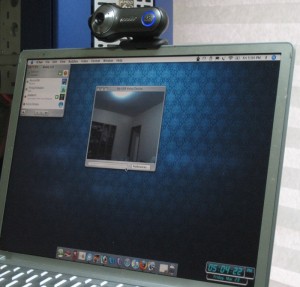You may notice the site has a new banner logo. This came about because when I got home from my matinée, I had the rest of the late afternoon and evening to myself to take care of the pressing matters in my life:
1. Laundry: sheets and towels and my uniform for this Thursday’s softball game.
2. Clean my apartment for my impending departure for the summer.
3. Perhaps rouse a brain cell to at least begin thinking about how I might go about maybe packing.
4. At least finish reading the script of the show I begin rehearsing in nine days.
To my credit, I did do the laundry. I then got the brilliant idea to see if I could design an attractive desktop wallpaper incorporating the visual themes of my blog, just for myself so I would have something interesting displayed on my computer when I got to Reagle, that would go along with my little Anatomy of a Summer Stock Season. Well the wallpaper is coming along, but it’s not quite done yet. I was trying to be all blurry and abstract, nothing I would ever use for the site itself, but in the process I stumbled upon a design that excited me so much, I had to make it the real logo. See, it’s a Go button, that is either moving very fast or just has been horribly abused by a Photoshop filter. My worry is that you can’t actually tell it’s a Go button anymore, but when I cranked the motion blur up too high, it just looked so surprisingly interesting, I had to keep it.
I also changed the site’s subtitle, which I’ve been wanting to do since before the site went live. “Where theatre and technology collide” sounded so melodramatic to me, not to mention “collide” felt a little negative. Where theatre and technology collide is where somebody runs the automation in the wrong direction. That’s never good. So I whipped out the thesaurus and decided on “converge.”
I have two-and-a-half days off, so I think I should be able to do something productive. I’m also going to try to see a couple shows before I leave — definitely Curtains and maybe something else, hopefully I can get Grey Gardens on TKTS. This always happens — I go away and when I come home everything I wanted to see is either
a.) closed
b.) impossible to get tickets to due to a Tony win (Jersey Boys, I’m lookin’ at you)
c.) no longer has original cast member that made it worth seeing
I’m so hopelessly behind this season, but I’m at least going to make an effort to see something.


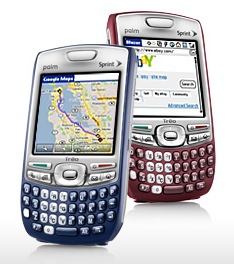
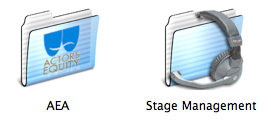
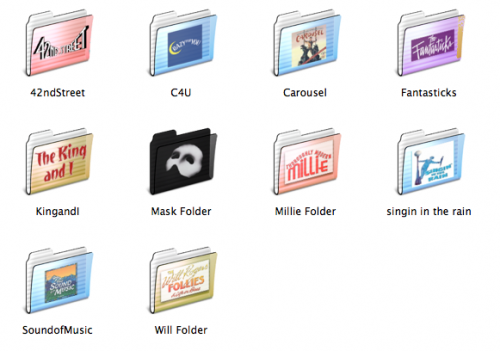
 Oh, and there’s also my
Oh, and there’s also my  I’m about to start rehearsals for a new show, which has got me thinking about getting all my goodies set up to take with me to rehearsal. One of my favorite ways of making things more efficient in the rehearsal room is to set up my own wireless network for the use of the stage management team, creative team, or even the actors who want to use a laptop or other wireless device on their breaks.
I’m about to start rehearsals for a new show, which has got me thinking about getting all my goodies set up to take with me to rehearsal. One of my favorite ways of making things more efficient in the rehearsal room is to set up my own wireless network for the use of the stage management team, creative team, or even the actors who want to use a laptop or other wireless device on their breaks.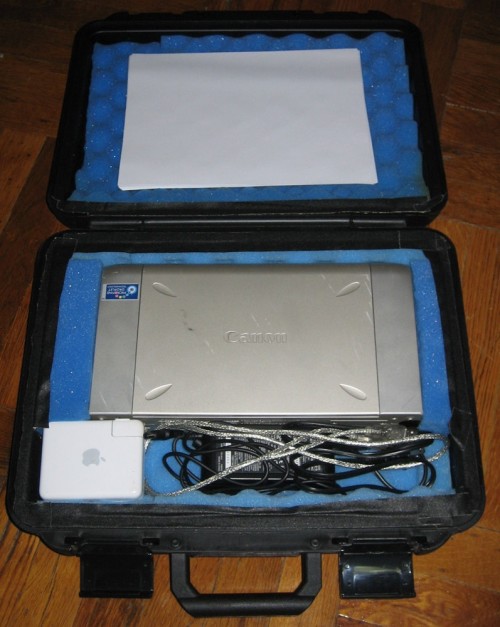
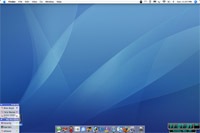 While my desktop these last few days is the highly-original default Aqua wallpaper that came with OS X Tiger (shown here), I did once do something pretty cool with it.
While my desktop these last few days is the highly-original default Aqua wallpaper that came with OS X Tiger (shown here), I did once do something pretty cool with it.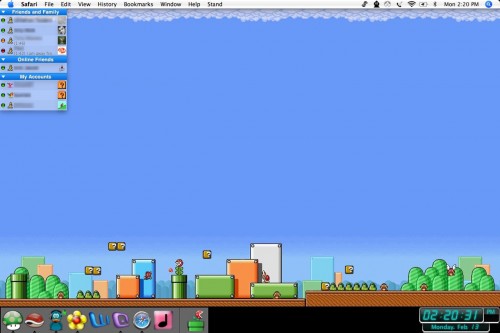
 OK, I can’t even believe I’ve put this in my calendar (with an alarm, no less), but Adobe is doing a live webcast of the launch of Creative Suite 3 on Tuesday, March 27, at 3:30PM EST. It will be hosted at
OK, I can’t even believe I’ve put this in my calendar (with an alarm, no less), but Adobe is doing a live webcast of the launch of Creative Suite 3 on Tuesday, March 27, at 3:30PM EST. It will be hosted at 